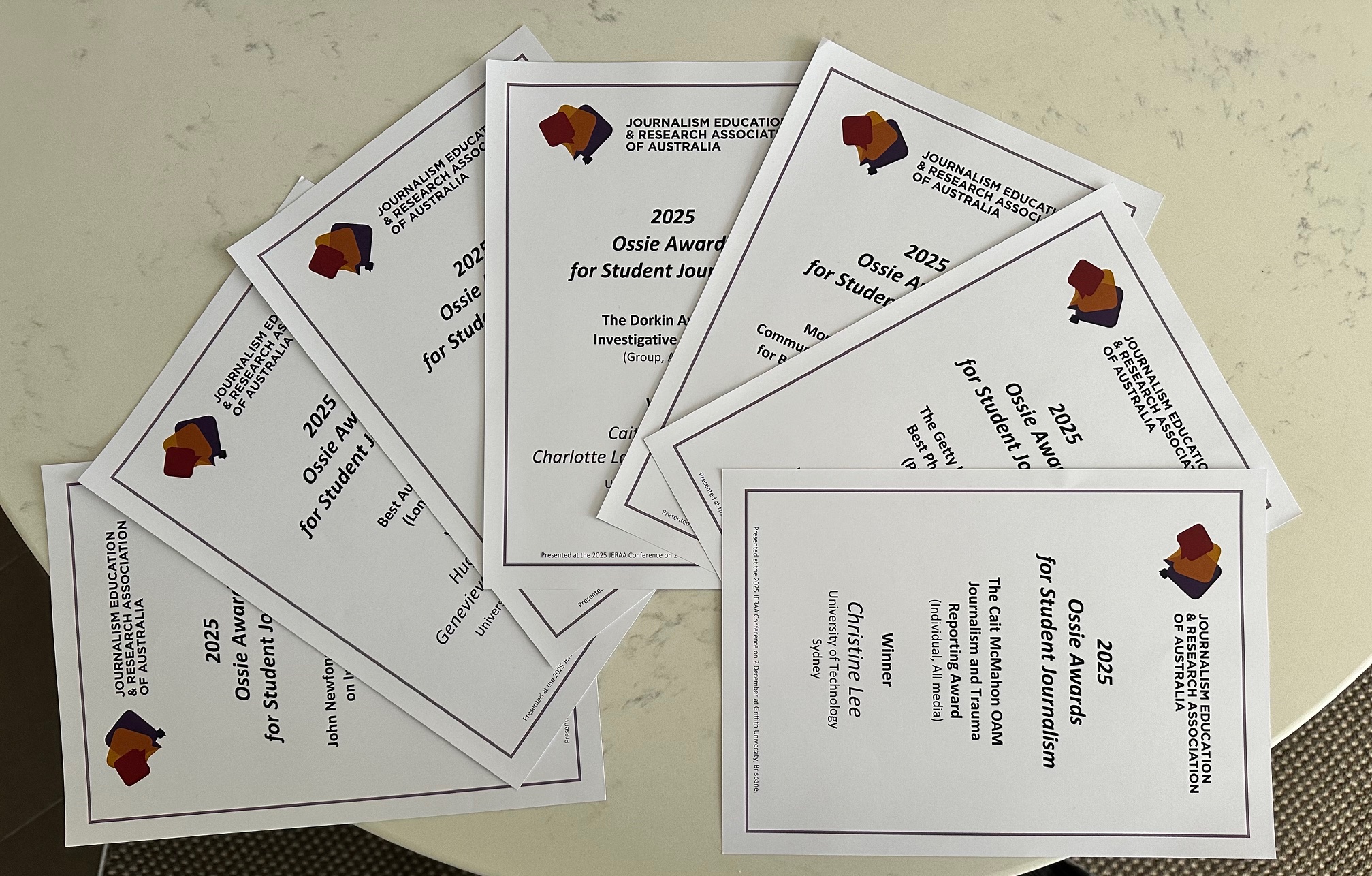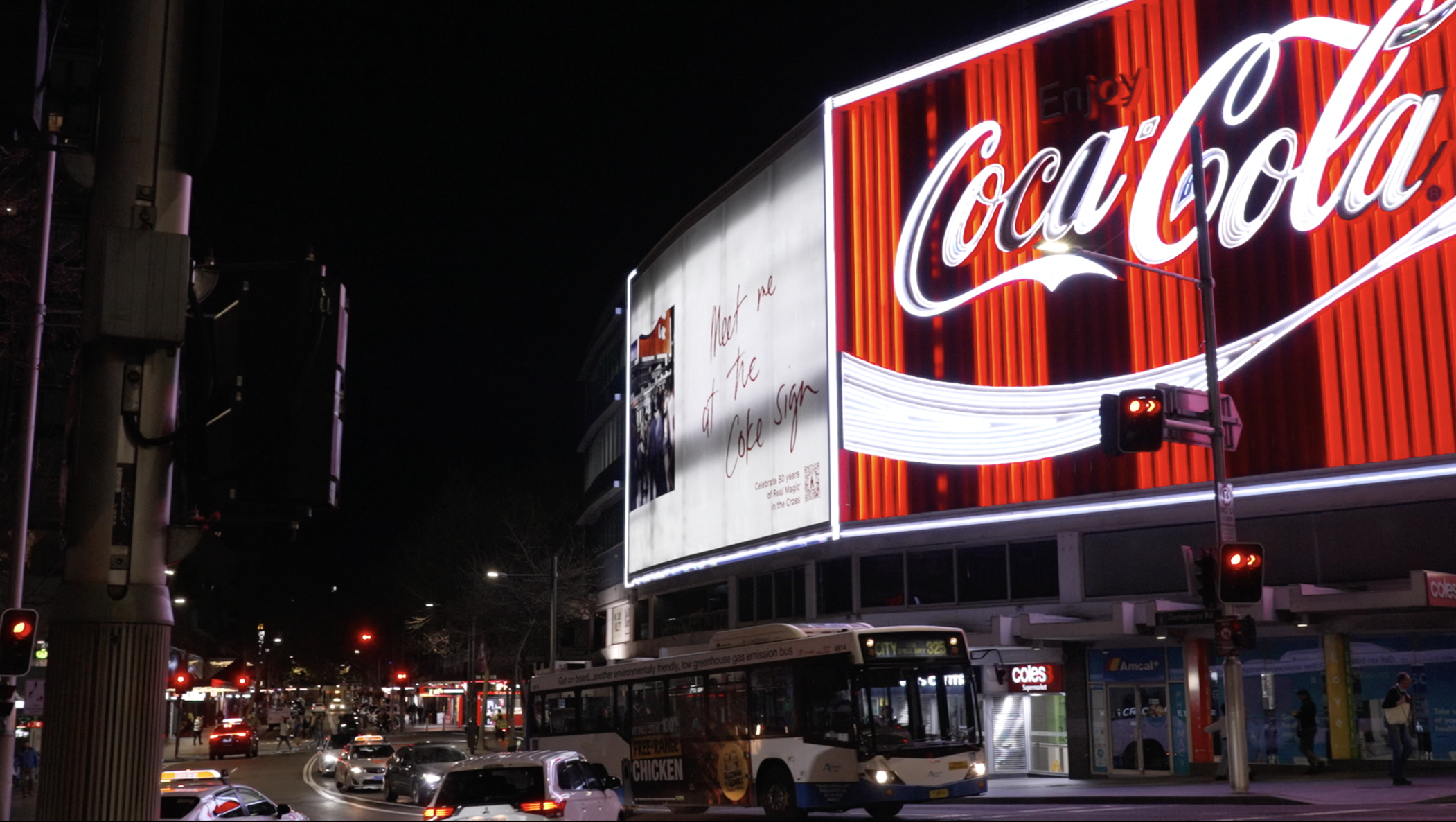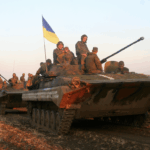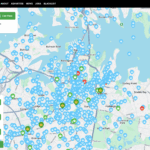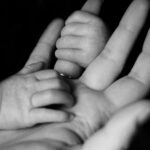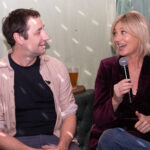Amid the ongoing genocide in Gaza, Sydney-based artists are getting out their brushes and canvases to portray the suffering of displaced Palestinians and recognise those killed by Israel.
Like Readers and Writers Against Genocide, who use literature to raise awareness about the genocide, these artists are using their talent to portray the pain being felt in Gaza and depict a range of Palestinians who were important in their communities.
One artist is Ahmed Abunada, who was born in Gaza and lived there until he was forced to flee last year.
While he has never formally studied art, the young artist has been practicing professionally since 2014 and his works have been exhibited in Palestine, Italy, France, Egypt and Australia, as of last week.
Working across a range of mediums, from digital art to traditional oil painting, he uses a hyper-realism style and often blends fantastical elements to reflects his feelings on the canvases.
“All of my artwork is talking about the displacement, the suffering for the people who came from Palestine, from Gaza,” Abunada said.
“I paint to remember so they remain seen.”
Abunada said he draws what a camera can’t capture, relying instead on his memories and what he has seen while he was living in Gaza.

Abunada sees art as a means of healing, with his artworks inspired by personal and shared experiences of Palestinian people. Photo: Jessica O’Bryan.
His latest painting, Where Memory Walks, represents the displacement of generations of Palestinians as they journey across a red landscape that is symbolically “soaked in blood”.
“When I was painting with a red colour, I feel it: the blood, how many people dead, how many people got injured, how many people suffering,” he added.
“It’s very emotional while I’m drawing.”
Abunada can’t imagine a world without art and considers it “a vital tool for survival for preserving what remains of memory”.
“Art is another language. You don’t have to speak [a] specific language to understand [it],” he said.
“I think people, when they see my artworks, they straight away understand and start to have sad feelings and at the same time they [are] shocked. That’s what makes me keep drawing as well because there’s a lot of people that care.”
Abunada is currently exhibiting five of his artworks at the Addison Road Community Centre’s Stirrup Gallery, alongside his sister Reem and Australian artist Mandy King.

Reem Abunada (left), Ahmed Abunada (centre) and Mandy King (right) are showcasing their Gaza memorial portraits for thirteen days in Marrickville. Photo: Jessica O’Bryan.
King was worked as an artist her whole life, with a background in making political documentaries.
“Art has always been a part of what I’ve done to express my opinion about things,” she said.
For the last three decades, King has been creating portraits through collage and since Israel’s occupation of Palestine began two years ago, she has made nearly 30 portraits of Palestinians who have been killed by Israel.
Majority of the Palestinians she has collaged have been killed since October 7 2023, and they include activists, community-based organisation founders, journalists and medical personnel.
“All these people that I have portrayed have been contributors to the community,” she said.
“So every single death is such a loss, like they’ve all given so much and … [had] such an important role.”

Glossy and matte fashion magazines provide a palette of tones and colours for King to use in her collage portraits. Photo: Jessica O’Bryan.
After hearing about killed Palestinians on news sites like Al Jazeera and Middle East Eye, King’s process involves screenshotting a published photograph of the deceased Palestinian, printing out a photograph for reference and using paper from fashion magazines to intricately collage the portrait.
Her studio is her kitchen, where she works to create a collage “closely evocative of the original image” yet still an independent, standalone work.
How effectual is art in this scenario, I don’t know, but that’s what I can do, so that’s what I’m doing.
Once completed, King gets them professionally scanned and donates the print to organisations fundraising for Palestine.
“I see it as a way of being part of the campaign to keep talking about Gaza. Don’t stop talking about it because there’s a media cycle, and once the media’s tired of something, it’s like it’s no longer happening,” King said.
If the work is going to be sold, she works to contact family members so they can receive any profits.
“During a war situation, it’s not just about permission, it’s about survival. So, yeah, I’m cognisant of that,” she said.
“I don’t want to be like pestering people about permissions. I want to be respectful but also constructive.”

King uses her kitchen as a studio for creating the collage portraits, including one of photojournalist Fatma Hassouna, who was killed in April this year. Photo: Jessica O’Bryan.
Five of King’s portraits form part of a bigger series called Resonant Deaths, which memorialises Palestinian journalists who have been killed by Israel.
Anas Al-Sharif, Ismail Al-Ghoul, Shireen Abu-Akleh, Mohammed Balousha and Hossam Shabat are just five of the 240 journalists and media workers killed by Israeli forces in Gaza since 7 October 2023, which is the deadliest conflict for journalists in recent history, according to the Committee to Protect Journalists. Other estimates put this number closer to 300.
The title for the series, Resonant Deaths, comes from the words of Palestinian photojournalist, Fatma Hassouna, in the weeks before she was killed by an Israeli airstrike.
Hassouna wrote: “If I must die, I want a resonant death. I want to neither be a newsflash, nor a number within a group. I want a death heard by the whole world, an impact imprinted forever, and everlasting photos that won’t be buried by time or place.”
With the help of fellow collage artist Kathryn Bird, the pair turned the Resonant Deaths collage portraits into corflute placards that could be carried at protests, beginning with the Nationwide March for Palestine on 24 August.
The placards are double-sided, with the same image repeated on both sides. The journalist’s name, date of birth and death are also written on the placards.
“The thing that was so fantastic about this Resonant Deaths concept was that this art that I’m producing in my home, in my kitchen, can be taken out into the streets and actually have a role and be part of an expression of the distress and outrage about this ongoing annihilation of a people,” she said.

Resonant Deaths puts faces and names to the Palestinian journalists who have been killed by Israel, by turning memorial collages into corflute placards that are carried in protests. Photo: supplied by Mandy King.
“It was wonderful to be able to get it out into the street and to be seen and to be responded to so positively.”
Like Abunada, King also finds the artistic process can be quite emotional.
“I’ve had a lot of trouble dealing with or coming to terms with children,” she said.
She doesn’t like collaging children unless she has permission from their family, but she did a portrait of Dr Hussam Abu Safiya’s son Ibrahim, who was killed by an Israeli Defence Force strike.
Between tears, King said “when I saw the footage of Dr Hussam Abu Safiya and the other staff crying over him being killed, I knew I had to do a portrait of him, just to try and convey the tragedy of it.”
In her next series, King wants to collage more doctors and paramedics who have been killed.
“How effectual is art in this scenario, I don’t know, but that’s what I can do, so that’s what I’m doing.”
Abunada and King’s memorial portraits are being exhibited at the Addison Road Stirrup Gallery in Marrickville until 26 October.
Main image by Jessica O’Bryan.




